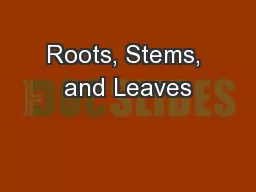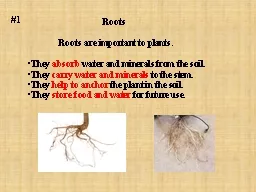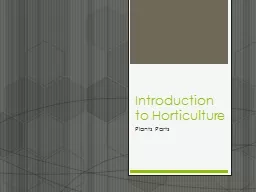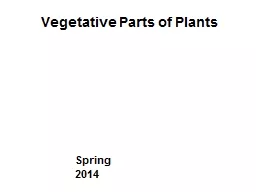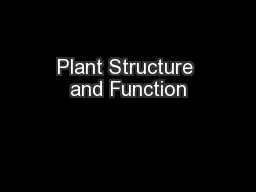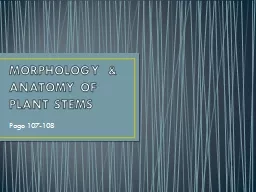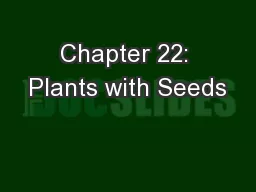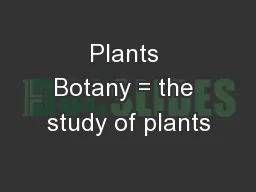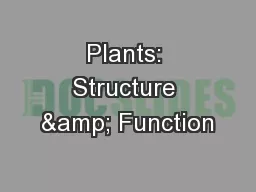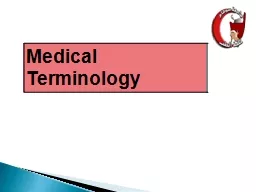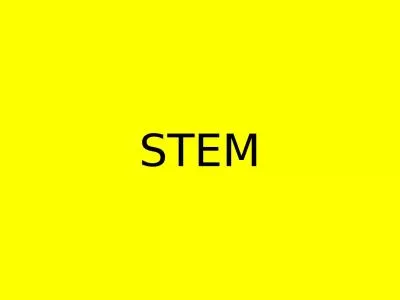PPT-Roots, Stems, and Leaves
Author : ellena-manuel | Published Date : 2017-05-29
The Science of Living Things What is a Plant A Boooie Kalman Book Plants d iffer in shape and size but most have roots leaves and stems Each part has its own
Presentation Embed Code
Download Presentation
Download Presentation The PPT/PDF document "Roots, Stems, and Leaves" is the property of its rightful owner. Permission is granted to download and print the materials on this website for personal, non-commercial use only, and to display it on your personal computer provided you do not modify the materials and that you retain all copyright notices contained in the materials. By downloading content from our website, you accept the terms of this agreement.
Roots, Stems, and Leaves: Transcript
Download Rules Of Document
"Roots, Stems, and Leaves"The content belongs to its owner. You may download and print it for personal use, without modification, and keep all copyright notices. By downloading, you agree to these terms.
Related Documents

